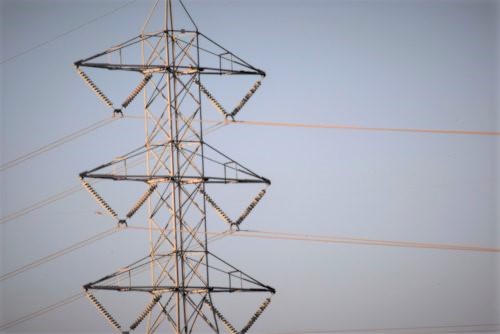CPUC issues Solar Tariff Modernization proposal to support reliability, decarbonization

San Francisco, CA–The California Public Utilities Commission (CPUC) Friday issued a proposal to modernize the Net Energy Metering (NEM) solar tariff to promote solar and battery storage, grid reliability, and control electricity costs for all Californians. The update launches the solar industry into the future so that it can support the modern grid by incentivizing solar paired with battery storage and the adoption of electric vehicles, heat pump water heaters, and other electrification appliances while making rates more affordable for Californians.
The proposal supports the solar and battery storage industry, saves a residential solar customer $100 a month on average, and a residential solar plus battery storage customer at least $136 a month on average, controls electricity costs for all Californians and has no impact on existing rooftop solar customers, who maintain their existing compensation rates.
It also improves the pricing structure and credits customers for the electricity they export based on its value to the grid. Under the proposal, average residential customers of Pacific Gas and Electric Company, Southern California Edison, or San Diego Gas & Electric installing solar will save $100 a month on their electricity bill, and average residential customers installing solar paired with battery storage will save at least $136 a month. With these savings on their energy bills, average new solar and solar plus battery storage customers will fully pay off their systems in just nine years or less. The tariff also works together with an additional $900 million of state funding approved by the Legislature in upfront incentives for residential solar plus battery storage adopters, with 70 percent of the incentives going directly to low-income customers. The proposal has no impact on existing rooftop solar customers and maintains their current compensation rates.
The proposal continues to support the solar industry while it pivots to a solar plus battery storage marketplace, which will bolster the local green energy economy. To support this evolution and the industry’s growth, the proposal provides extra credits to residential customers bills who adopt solar over the next five years, which allows the industry to gradually transition from solar-only sales to solar plus battery storage sales. It does not include any charges specific to solar customers.
The proposed new tariff applies new residential rates to incentivize electricity use when it is most beneficial for grid reliability. These rates have significant differences between peak and off-peak prices to incent battery storage and load shifting from evening hours to overnight or midday hours. The rates promote technologies such as battery storage, electric vehicles, and heat pump water heaters, which are important for achieving carbon neutrality.
The tariff credits solar and solar plus battery storage customers for the electricity they export to the grid based on its value, as determined by the avoided cost to their utility of buying clean electricity elsewhere. This will incentivize solar exports during the late afternoon and early evening hours, particularly in the summer, when the grid is the most stressed. It also provides extra electricity bill credits to residential customers who adopt solar or solar paired with battery storage in the next five years, which are paid on top of the avoided cost bill credits. Customers lock in these extra bill credits for nine years.
Low-income customers have more access to solar by providing a larger amount of extra bill credits to ensure the solar system payback is just as attractive as the payback for higher-income customers (nine years or less).
The proposal allows solar systems to cover 150 percent of a customer’s electricity usage to accommodate future electrification of appliances and vehicles.
Assembly Bill 327 (Perea, 2013) requires the CPUC to reform the NEM program, as well as conduct rate reform and distribution planning activities. Since 1997, California has supported the rooftop solar market through its NEM tariffs, which have enabled 1.5 million customers to install more than 12,000 megawatts of renewable generation. Due to the success of California’s Renewables Portfolio Standard policies and the NEM tariff, California supplies a significant amount of its electricity needs during mid-day hours from renewable and zero-carbon energy resources.
To further reduce greenhouse gas emissions from electric generation, the proposal issued today incentivizes customers to install battery storage so they can store solar electricity produced in the daytime and export it in the evening when the grid needs it the most for reliability and displacing fossil fuels. The proposal also controls electricity costs and improves electric bill affordability for all Californians by creating more grid value, with payments to new solar and solar plus storage customers calibrated to that value.
The proposal will be on the CPUC’s Dec. 15 Voting Meeting agenda. Members of the public can comment on the proposal and view documents related to the proceeding at apps.cpuc.ca.gov/p/R2008020.






